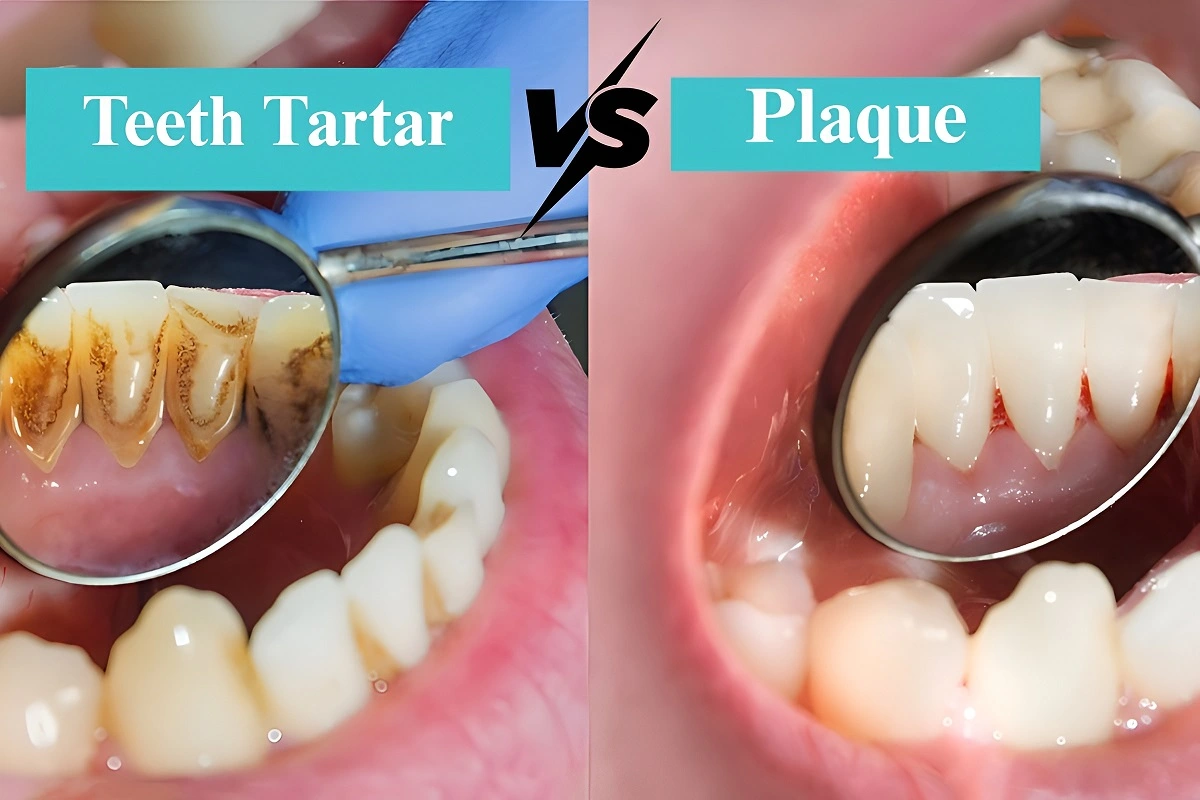Plaque vs Dental Tartar: Key Differences and Prevention Tips

Understanding the difference between plaque and dental tartar is essential for maintaining good oral hygiene. Many people use these terms interchangeably, but they refer to distinct stages of bacterial buildup on teeth. In this article, we will explore the characteristics of plaque and dental tartar, explain their effects on dental health, and provide practical prevention tips.
What is Plaque?
Plaque is a soft, sticky film that constantly forms on the surface of teeth. It consists mainly of bacteria, food particles, and saliva. When plaque is not removed by regular brushing and flossing, it can accumulate rapidly, especially along the gum line. The bacteria in plaque produce acids that attack tooth enamel, leading to cavities and gum inflammation.
What is Dental Tartar?
Dental tartar, also known as calculus, forms when plaque hardens due to the minerals present in saliva. This mineralization process can begin within 24 to 72 hours if plaque remains on the teeth. Unlike plaque, tartar is a hard, crusty deposit that firmly adheres to the tooth surface. Tartar can only be removed by professional dental cleaning, as it cannot be brushed or flossed away.
Key Differences Between Plaque and Dental Tartar
-
Texture: Plaque is soft and sticky, while tartar is hard and calcified.
-
Removal: Plaque can be removed with daily oral hygiene practices; tartar requires professional cleaning.
-
Formation Time: Plaque forms continuously and can harden into tartar within days.
-
Impact: Both can contribute to tooth decay and gum disease, but tartar’s rough surface makes it easier for more plaque to accumulate, increasing the risk of dental problems.
Prevention Tips
Preventing plaque buildup is the first step to avoiding tartar formation. Here are some effective ways to maintain oral health:
-
Brush Regularly: Brush your teeth at least twice a day with fluoride toothpaste to remove plaque.
-
Floss Daily: Flossing helps remove plaque from between teeth and under the gum line.
-
Use Mouthwash: Antiseptic mouthwashes can reduce bacteria that cause plaque.
-
Limit Sugary Foods: Reducing sugar intake helps decrease plaque-forming bacteria.
-
Regular Dental Check-ups: Visiting your dentist every six months allows for professional cleanings and early detection of plaque and tartar buildup.
FAQs: Plaque vs Dental Tartar
1. What causes plaque to turn into dental tartar?
Plaque turns into dental tartar when minerals in saliva, such as calcium and phosphate, harden the soft plaque after it remains on teeth for several days without removal.
2. Can I remove dental tartar at home?
No, dental tartar is a hardened substance that cannot be removed by brushing or flossing. It requires professional cleaning by a dentist or dental hygienist.
3. How does dental tartar affect oral health?
Dental tartar provides a rough surface that makes it easier for more plaque to accumulate. This can lead to gum inflammation, cavities, and potentially serious gum diseases like periodontitis.
4. How often should I visit the dentist to prevent tartar buildup?
It’s recommended to visit the dentist every six months for professional cleanings to remove tartar and check for any early signs of dental problems.
5. Does using mouthwash help prevent plaque and tartar?
Yes, antiseptic mouthwash can help reduce the bacteria that form plaque, thereby decreasing the chance of tartar buildup when used alongside regular brushing and flossing.
Conclusion
Understanding the distinction between plaque and dental tartar is crucial for effective oral care. While plaque is the initial soft film of bacteria, tartar is the hardened result that requires professional removal. Adopting consistent oral hygiene habits can significantly reduce the risk of dental issues related to both. For those seeking expert care and advice on managing dental health, Smileon Dental offers professional services to help keep your teeth clean and healthy.





